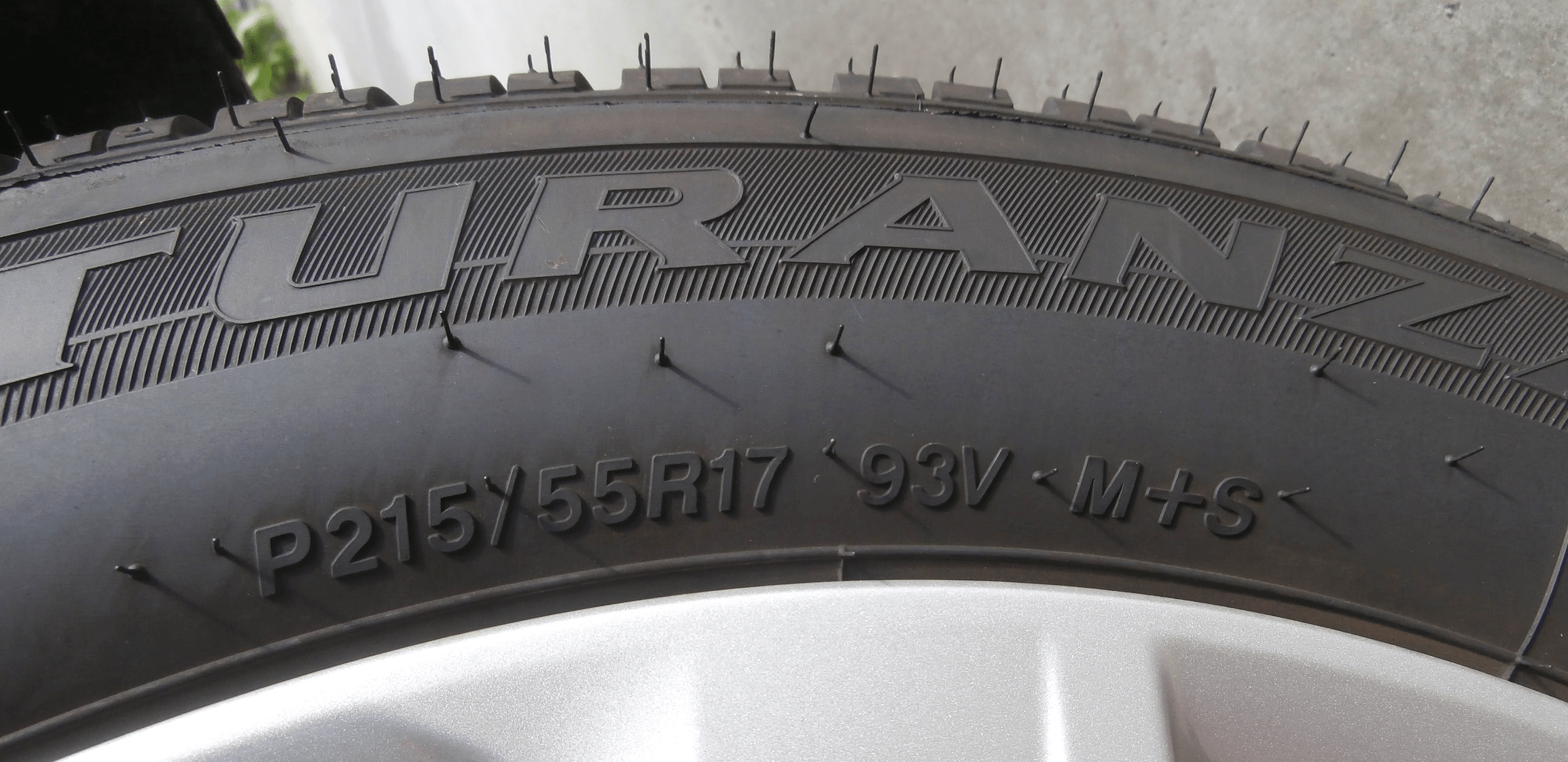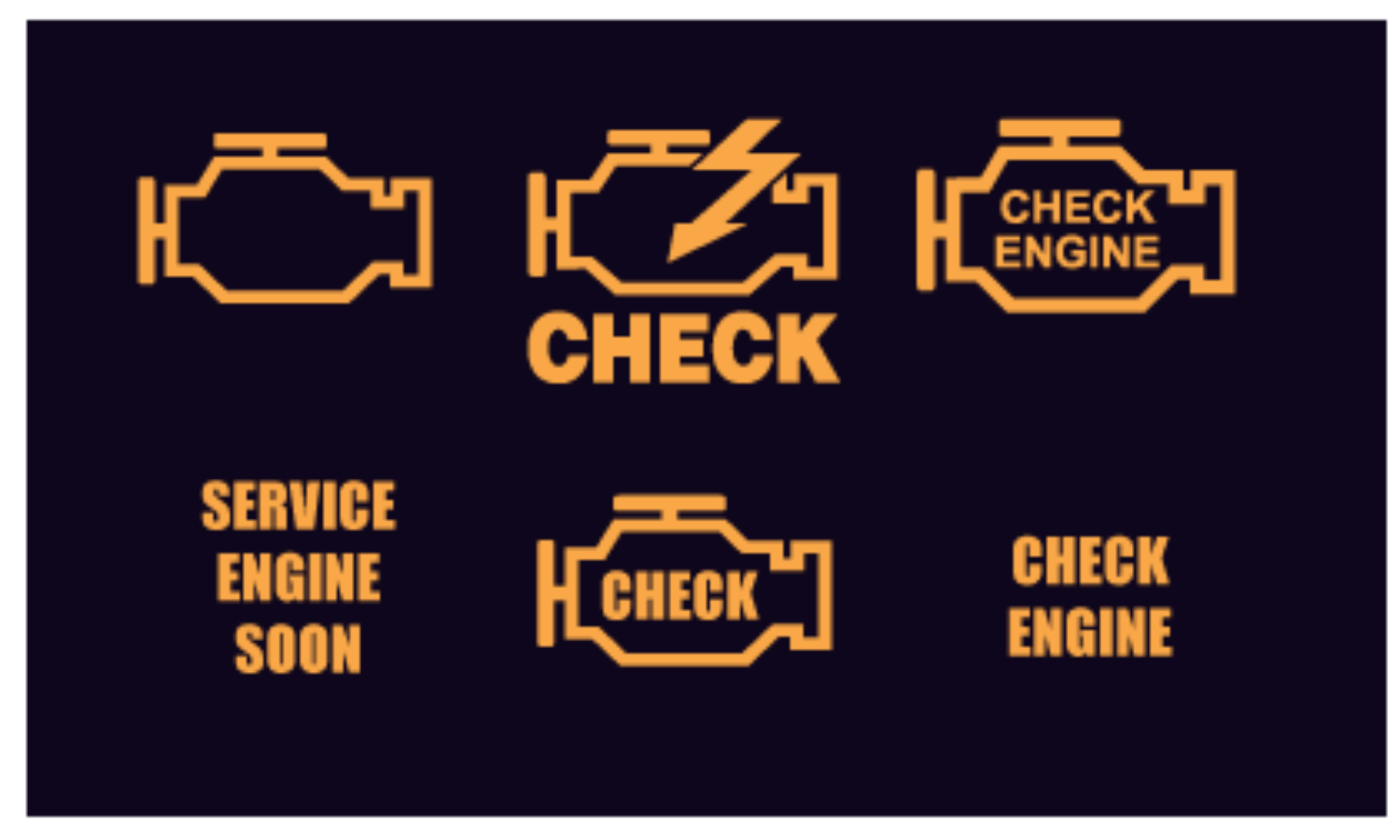Invision driving down the road and all of a sudden your tire blows out. Tire blowouts can be a frightening experience and a dangerous one at high speeds. Tires have a limited, and it’s dependant on a few factors. They are affected by road conditions, the amount of mileage put on them, and age. When the time comes to replace a tire(s), you will want to find the appropriate tire size that works for your vehicle.
How do you know what tire you would need to order? While you can bring your car into the German Auto Specialist at Ryan GMW to get your tires rotated, you can also have tires ordered that fit your vehicle perfectly. Most know that the tire size is found directly on the tire. Your vehicle will likely also have a tag indicating the appropriate tire size to fit on factory wheels that came on your car. However, if you have changed the wheels on your car, the tire size could be different.
If you want to change your wheels to an aftermarket set, or simply order tires to fit your existing one, being able to decode a tire label is handy. Let’s break down the essential information that appears on the sidewall of a tire to gain a better understanding.

In this picture, you’ll see the need to know info about the tire. Right now it may look like just numbers with a sprinkle of letters here, but let’s start decoding. You’ll want to read the tire left to right as you usually would. No trickier here!
The first letter that appears, in this case, P, is the type of vehicle the tire is suitable for. The P means a passenger vehicle. Other options include:
T – Temporary Spare
LT – Light Truck
C – Commercial
ST – Special Trailer
Next, you’ll see a set of numbers. These groups of numbers indicate the size of the tire and are the most useful to know. The first set, in this case, 215, indicates the section width. It measures in millimeters the width from sidewall to the sidewall at it’s widest point. Next, the following two-digit number, 55, is the aspect ratio which is the height of the sidewall compared to the width. The bigger the aspect ratio number is, the bigger the sidewall.
There may or may not be a letter present in between the last set of numbers. For this example there is. The R represents that the tire is Radial, which just means the layers run radially across.
Finally, the last set of numbers, 17, indicates the wheel size by its diameter. This number is probably the most essential to know, depending on who you ask. If you order or receive the wrong wheel size tire, it won’t fit, not in a million years. Wheel size varies, so checking your tire can help identify what size wheel you have if you don’t know. They can come as small as 15 and go up to 22 or even larger. However, most vehicles come stock with 16,17 or 18 which are standard.
There’s plenty of other information on the tire, including its manufacturer and DOT specs such as it’s load rating, but the string of numbers above are the most essential to know. A BMW Mechanic Near Me can help to put new tires on, rotate, and order the correct size to fit your vehicle for the best road performance.
